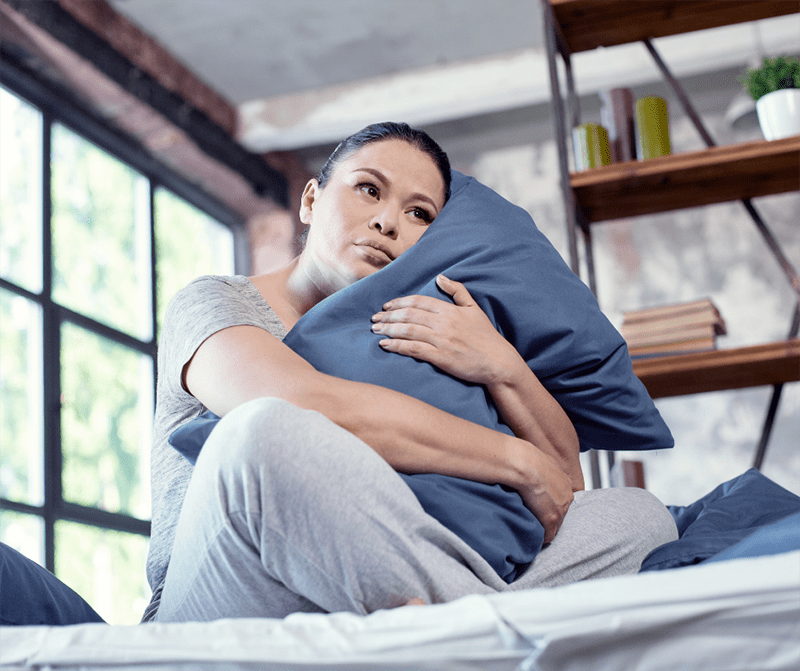Sleep Disorders
Tagged as such, sleep disorders seem like a pretty innocuous condition that you can approach and deal with even without consulting a professional physician. First error: sleeps disorders can be a life altering situation, with a large percentage of the American and world population reporting problems sleeping anyway. Today, the American Sleep Association (AMA) concludes that as much as 50 to 70 million U.S adults have sleep disorders, insomnia being the most common type reported.
Sleep Disorder or Not Enough Sleep?
This could be the first pitfall to avoid, or the first question to ask if approaching your doctor regarding this problem. Adults need a solid 7-8 hours of sleep per night to be well rested. The US average adult night sleep pattern has been established at 7 hours, so within the parameters. Not enough sleep can drive people to be down on their energy levels or overall disposition, both of which are manageable. But here’s one that isn’t: AMA informs every year that drowsy driving is responsible for up to 1,550 fatalities and 40k non-fatal injuries per year. A thorough medical diagnosis is needed to answer this question honestly and scientifically.
Five Most Common Sleep Disorder Types
With over 80 different sleep disorders know to us, these five are the most common sleep disorders described.
- Insomnia: Difficulty going to or staying asleep. Can be transient (meaning short term, it is typical of life altering events) or chronic (occurring at least one month solid and characterized by non-restorative sleep).
- Sleep Apnea: When your airway gets repeatedly blocked, you can’t breathe and, therefore, you wake up again and again as you are oxygen deprived. Loud snores and choking noises typical. Can happen anywhere from 2 times per night to hundreds, in very severe cases. Makes you drowsy and sleepy throughout the day.
- Narcolepsy: Falling asleep wherever you are, at any time of the day, narcoleptics are unable to regulate their sleep-wake cycle and fall asleep without warning in unusual situations, like in the middle of eating.
- Restless Legs Syndrome (RLS): The uncontrollable urge to move and maneuver your legs while resting. You feel tingling and burning in ankles, legs and calves and need to move them. Can spread to other body parts.
- REM Sleep Behavior Disorder: Characterized by acting out ion one’s dreams. Muscle paralysis disappears and you move, shout, punch, hit, scream and many others in your sleep. It is considered especially dangerous.
Complementary Health Approaches to Sleep Disorders
Complementary treatments or approaches have proven the best or most promising therapy so far. These may include two or more of the below listed, with varying intensities.
- Nutritional: Dieting, even dedicated diets; dietary supplements, most importantly melatonin, which has already proved effective in several studies, and L-tryptophan and 5-hydroxytryptophan (5-HTP); other herbs (chamomile, cava, valerian), probiotics, and microbial-based therapies.
- Psychological: Prime examples include relaxation, mindfulness, meditation, hypnotherapy, music therapies, and others.
- Physical: acupuncture and massage therapies, programmed napping, spinal manipulation, positional therapy, lifestyle changes such as caffeine and alcohol cutdown may help too. For sleep apnea, there are machines such as masks and CPAPs.
- Combos: For example, psychological and physical, which may include therapies described above, plus yoga, tai chi, dance and/or art therapy); or psychological and nutritional, such as mindful eating.
Sources:
https://www.nccih.nih.gov/health/sleep-disorders-in-depth
https://www.aastweb.org/blog/how-to-diagnose-treat-the-5-most-common-sleep-disorders
https://www.sleepassociation.org/about-sleep/sleep-statistics/


